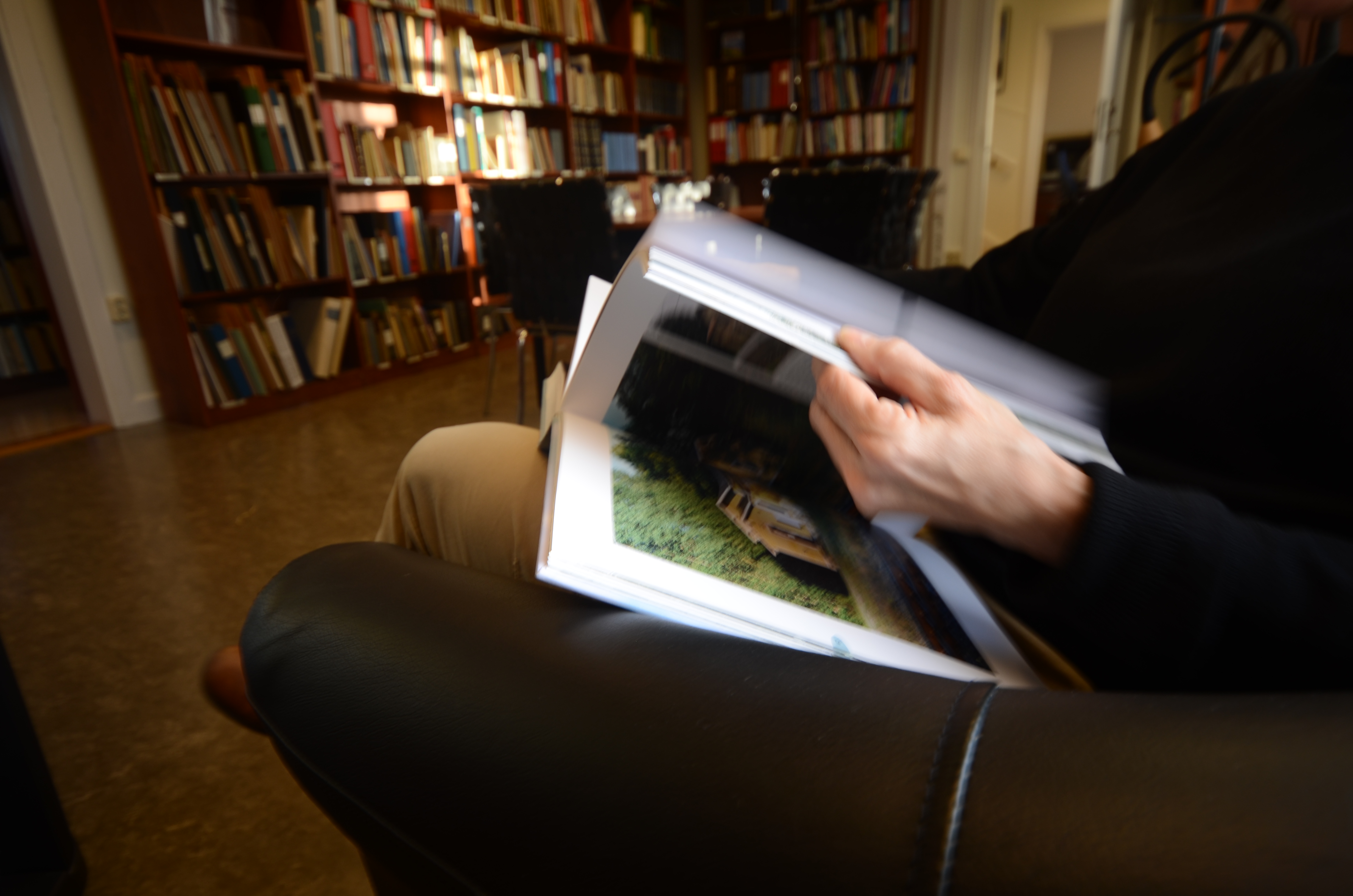Museum Library
Welcome to the Swedish Railway Museum Library, which contains Sweden’s foremost collection of railway history literature.

At the Swedish Railway Museum Library, we have practically everything you would want to know about railway history. It contains everything from books and magazines to timetables and station history. We also have a large collection of foreign railway and technical journals, some of which date back to the 1800s. You can find out more about our collection under the heading “Library collection”
Please note that our physical library in Gävle is a reference library and does not lend out materials. You are, however, welcome to sit in the library and browse materials.
Opening hours
Our opening hours are limited, and will be published here during the summer of 2024. If you would like to come outside of these hours, you can schedule a visit by email or telephone.
Email: christina.engstrom@smtm.se
Phone: 026-455 14 61
Address
Swedish Railway Museum Library
Karlsborgsgatan 1, Gävle
Searches
If you prefer to search digitally, you can do so. Below you will find links to searchable databases where you can search for books and other printed material.
Digital library
Samlingsportalen, which is administered by Friends of Swedish Railway Museum (Järnvägsmusei Vänner), contains a selection of scanned material from the Swedish Railway Museum’s collections. The timetable publication Sveriges Kommunikationer (1867–1913) has been scanned by the Media Conversion Centre of the National Archives.
Digital library (in Swedish only)
Mikromarc
Feel free to search the Swedish Railway Museum’s library database using the Mikromarc web search system.
LIBRIS
With the LIBRIS national search service, provided by the National Library of Sweden, you can search among almost 6,000 titles.
The Library collection
The Swedish Railway Museum Library contains most of the literature published on the subject of Sweden’s railways, both non-fiction and fiction. The library database consists of approximately 16,000 items of literature and journals. The range of journals includes popular and technical history journals as well as member magazines from Sweden’s railway associations. For model building enthusiasts, there are model hobby magazines.
Our reference library contains records of SJ’s employees between the years 1869 and 1951, as well as statistical data from the early days of the railway and onwards. This material consists of printed employment lists for regular employees, containing information about when they were hired, what position they held during their working life and, in some years, the salary they received. For genealogists, the “arvodesstat” wage records and “matrikel” registers we have in the library can be a goldmine when it comes to finding relatives who worked for SJ or an individual railway company.
For those who have a good command of English, French or German, there is also much valuable information about the technical development of the railway that is available in these languages.